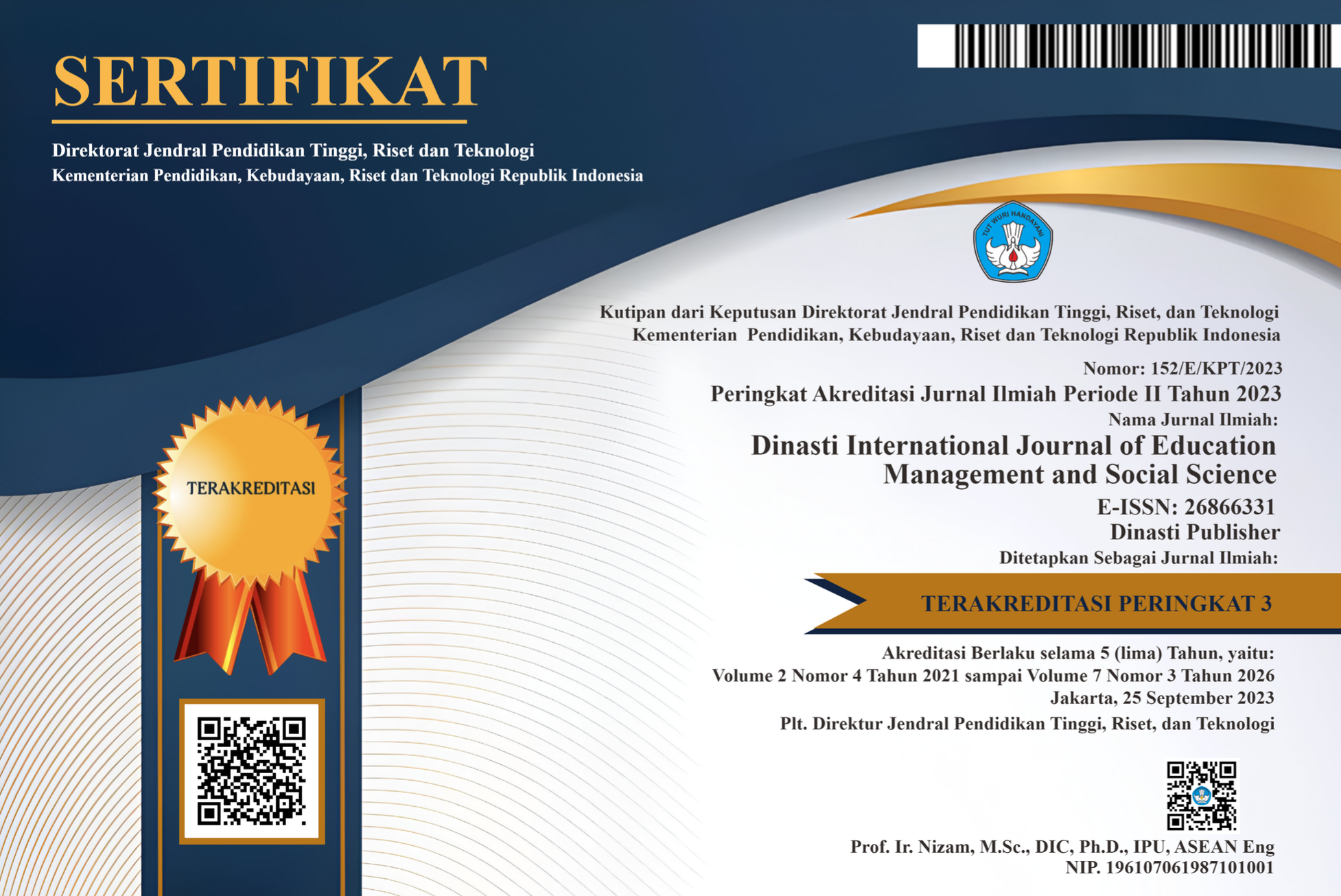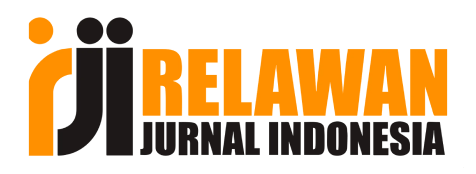Optimization of Employee Certification System UI Using User-Centered Design Model
DOI:
https://doi.org/10.38035/dijemss.v6i4.4450Keywords:
Web, User-Centered Design, Employee Certification, User Experience Evaluation, System Usability Scale.Abstract
A digital-based employee certification system plays a crucial role in ensuring compliance with industry standards while enhancing employee engagement and productivity. However, a less intuitive interface design remains a challenge in its implementation. This study aims to evaluate the usability of an employee certification website using the User-Centered Design (UCD) approach and the System Usability Scale (SUS) to enhance user experience and information accessibility. The research method involved system testing by 30 employee respondents as primary users, with evaluations based on the SUS. The analysis results indicate that the system achieved an average SUS score of 84.8, classified as "Very Good" and "Acceptable," signifying a high level of usability. These findings confirm that UCD-based design can improve user satisfaction and the efficiency of the certification process. However, certain aspects still require optimization, particularly regarding navigation and system feedback to support more effective interaction. The implications of this study include design improvement recommendations to enhance user engagement, accessibility, and overall certification platform effectiveness. Thus, this research contributes to the development of a more inclusive and responsive certification system that better meets user needs, ultimately supporting the achievement of organizational goals more effectively.
References
Abyakta, I. J., Perdanakusuma, A. R., & Pramono, D. (2023). Website interface evaluation using goal-directed design method in Xyz University. JURTEKSI (Jurnal Teknol. dan Sist. Informasi), 9(4), 573–582. https://doi.org/10.33330/jurteksi.v9i4.2418
Alder, G., et al. (2023). A brain computer interface neuromodulatory device for stroke rehabilitation: Iterative user-centered design approach. JMIR Rehabil. Assist. Technol., 10. https://doi.org/10.2196/49702
Andriani, T. A., Sari, D. P., & Andrian, R. (2023). Perancangan user interface mobile app untuk kumpulan start-up coffee shop di wilayah Jakarta Timur sebagai wadah pemasaran produk dengan metode design thinking. J. Sist. dan Teknol. Inf., 11(1), 61. https://doi.org/10.26418/justin.v11i1.54947
Astina, B. A., Adrian, Q. J., & Pasha, D. (2024). User interface design of Mykonter mobile application using user centered design method on Konter Sam Cell. Electron. Integr. Comput. Algorithm J., 1(2), 57–62. https://doi.org/10.62123/enigma.v1i2.16
Campoverde-Molina, M., Luján-Mora, S., & Valverde, L. (2021). Accessibility of university websites worldwide: A systematic literature review. Univers. Access Inf. Soc., 22(1), 133–168. https://doi.org/10.1007/s10209-021-00825-z
Chan, A., et al. (2022). Evidence and user considerations of home health monitoring for older adults: Scoping review. JMIR Aging, 5(4). https://doi.org/10.2196/40079
Dooley, E. E., Browning, C., Thi, C. A., Hoelscher, D. M., & Byrd-Williams, C. E. (2021). Association of the quality rating and improvement system, Texas Rising Star, on physical activity and screen time policies and practices in Texas child care centers. Am. J. Heal. Promot., 35(7), 984–987. https://doi.org/10.1177/08901171211003826
Dashko, I., Krylov, D., & Mykhailichenko, L. (2022). Personnel certification as the main method of evaluation of its development. Econ. scope. https://doi.org/10.32782/2224-6282/179-8
Fhalosa, M. F., Suwawi, D. D. J., & Riskiana, R. R. (2023). User interface design for Baduy ecotourism website using user centered design method. sinkron, 8(4), 2679–2691. https://doi.org/10.33395/sinkron.v8i4.12859
Hartatik, H., & Wulandari, S. (2022). Web-based online exam information system to improve the quality of learning evaluation for students. Int. J. Econ. Educ. Entrep., 2(3), 747–755. https://doi.org/10.53067/ije3.v2i3.114
Hiu, N., & Erlyana, Y. (2024). Redesigning user interface of Datascripmall mobile apps using user centered design method. Teknika, 13(2), 283–292. https://doi.org/10.34148/teknika.v13i2.854
Huang, R. (2024). Enhancing well-being and user experience: Electric sticky notes, UI design colors, login preferences, and clear webpages. Highlights Sci. Eng. Technol., 85, 816–823. https://doi.org/10.54097/demxws42
Imbesi, S., & Scataglini, S. (2021). A user centered methodology for the design of smart apparel for older users. Sensors, 21(8), 2804. https://doi.org/10.3390/s21082804
Knight, W. (2018). UX for developers: How to integrate user-centered design principles into your day-to-day development work. Springer Science+Business Media. https://doi.org/10.1007/978-1-4842-4227-8
Kuo, L., Chang, T., & Lai, C. (2021). Visual effect and color matching of dynamic image webpage design. Color Res. Appl., 46(6), 1321–1331. https://doi.org/10.1002/col.22662
Onufriev, K. N. (2024). Software package that implements the functions of forming an electronic archive of the departmental certification center. Vestn. komp’iuternykh i informatsionnykh tekhnologii, 1(238), 50–56.
https://doi.org/10.14489/vkit.2024.04.pp.050-056
Rahmatizadeh, S., Kirakowski, J., Valizadeh-Haghi, S., Taheri, M., & Tavasoli, S. (2024). A combination of three scales for measuring user-perceived usability of a clinical information system: Which approach produces the most informative results? Front. Heal. Informatics, 13, 193. https://doi.org/10.30699/fhi.v13i0.569
Sanctorum, A., Rukonic, L., & Signer, B. (2021). Design requirements for recommendations in end-user user interface design. In Springer (pp. 323–339). https://doi.org/10.1007/978-3-030-79840-6_14
Silva, A. G., et al. (2021). Procedures of user-centered usability assessment for digital solutions: Scoping review of reviews reporting on digital solutions relevant for older adults. JMIR Hum. Factors, 8(1). https://doi.org/10.2196/22774
Saputra, D., Syah, E. A., & Darnis, F. (2022). Usability testing on the Simponik website using the system usability scale (SUS). Sinkron, 7(4), 2584–2592.
https://doi.org/10.33395/sinkron.v7i4.11916
Santoso, M. F. (2024). Implementation of UI/UX concepts and techniques in web layout design with Figma. J. Teknol. Dan Sist. Inf. Bisnis, 6(2), 279–285. https://doi.org/10.47233/jteksis.v6i2.1223
Vyshnivska, B. (2024). Personnel certification as a company development strategy. Three Seas Econ. J., 5(1), 45–51. https://doi.org/10.30525/2661-5150/2024-5-7
Wang, L., & Zhang, Y. (2023). The visual design of urban multimedia portals. PLoS One, 18(3), e0282712. https://doi.org/10.1371/journal.pone.0282712
Yang, L., Qi, B., & Guo, Q. (2024). The effect of icon color combinations in information interfaces on task performance under varying levels of cognitive load. Appl. Sci., 14(10), 4212. https://doi.org/10.3390/app14104212
Yunita, A., Praptono, B., & Yastica, T. V. (2024). Mobile application design for startup Zyon using design thinking method. Int. J. Innov. Enterp. Syst., 7(2), 104–115. https://doi.org/10.25124/ijies.v7i02.186
Downloads
Published
How to Cite
Issue
Section
License
Copyright (c) 2025 Shelya Putri Nurhaliza Abdillah, Dian Permata Sari

This work is licensed under a Creative Commons Attribution 4.0 International License.
Authors who publish their manuscripts in this journal agree to the following conditions:
- The copyright on each article belongs to the author(s).
- The author acknowledges that the Dinasti International Journal of Education Management and Social Science (DIJEMSS) has the right to be the first to publish with a Creative Commons Attribution 4.0 International license (Attribution 4.0 International (CC BY 4.0).
- Authors can submit articles separately, arrange for the non-exclusive distribution of manuscripts that have been published in this journal into other versions (e.g., sent to the author's institutional repository, publication into books, etc.), by acknowledging that the manuscript has been published for the first time in the Dinasti International Journal of Education Management and Social Science (DIJEMSS).















































